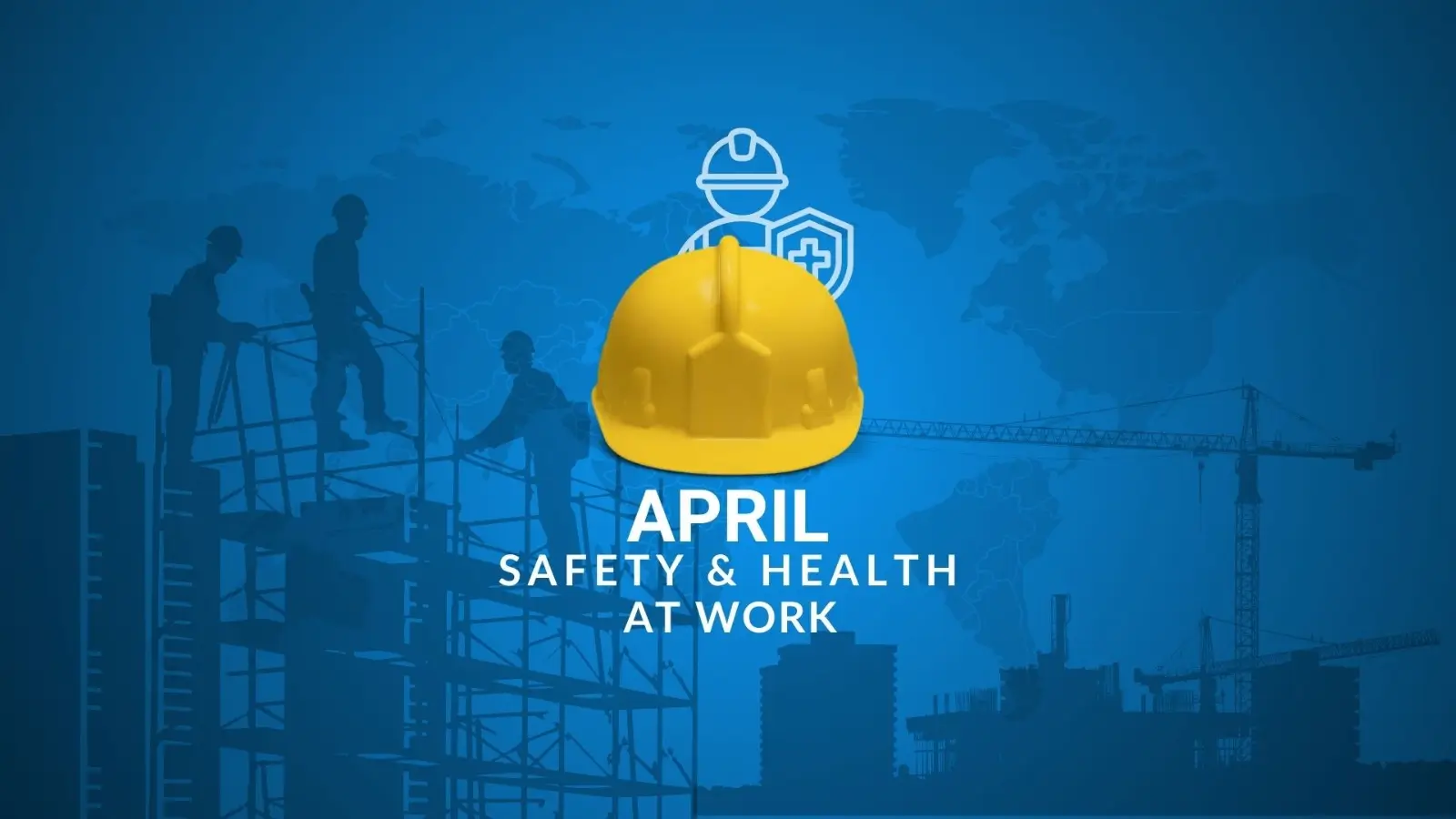April is a crucial month for raising awareness about various safety concerns that impact our daily lives, workplaces, and communities. Several national safety observances occur during this time, emphasizing the need for vigilance, preventive measures, and proactive safety practices. Key topics for April 2025 include Distracted Driving Awareness Month, National Window Safety Week, National Work Zone Awareness Week, and Workers’ Memorial Day. Each of these topics serves as a reminder that safety is a shared responsibility, requiring collective efforts from individuals, employers, and regulatory bodies.
Distracted Driving Awareness Month
Distracted driving continues to be a major road safety concern, contributing to thousands of accidents and fatalities each year. According to the National Highway Traffic Safety Administration (NHTSA), distracted driving claimed the lives of over 3,000 people in the United States in 2022 alone. This alarming statistic underscores the importance of promoting safer driving habits.
Common forms of distraction include:
- Texting and phone use – Even a few seconds of looking away from the road can result in catastrophic accidents.
- Eating and drinking – Many drivers engage in eating while driving, which reduces their ability to react quickly.
- Adjusting in-car entertainment or navigation systems – Changing music or setting GPS directions can divert attention from driving.
- Conversing with passengers – Engaging in intense discussions can take mental focus away from the road.
To mitigate the risks of distracted driving, the NHTSA promotes the “Put the Phone Away or Pay” campaign, which includes increased law enforcement presence during April 7–14. Drivers are encouraged to:
- Use hands-free devices or voice commands for essential communication.
- Pull over safely if they need to text or make a call.
- Designate a passenger to handle navigation and phone use.
- Educate young drivers about the dangers of distracted driving through awareness programs.
By adopting these practices, motorists can contribute to safer roads and prevent unnecessary accidents.
National Window Safety Week
National Window Safety Week, observed during the first full week of April, highlights the importance of preventing window-related accidents, particularly among children. According to the National Safety Council (NSC), falls from windows result in thousands of injuries annually, many of which involve young children.
Essential window safety measures include:
- Supervising children near windows – Never leave young children unattended around open windows.
- Installing window guards and stops – These devices limit how far a window can be opened, reducing fall risks.
- Using windows as emergency exits wisely – Families should establish an emergency escape plan while ensuring that accessible windows are safe.
- Teaching children about window safety – Educating kids on the dangers of climbing near windows can prevent accidents.
Parents and caregivers are encouraged to assess their homes for potential window hazards and implement necessary safety precautions to protect children and other vulnerable individuals.
National Work Zone Awareness Week
National Work Zone Awareness Week (NWZAW), set for April 21–25, 2025, aims to promote safety in construction zones and reduce the risk of accidents involving workers and motorists. With the construction season in full swing during spring, this campaign highlights the importance of caution and adherence to traffic laws in work zones.
Work zone-related accidents are often caused by speeding, distracted driving, and failure to follow signage. To enhance safety, both drivers and construction workers should take the following precautions:
- Drivers should:
- Reduce speed and obey posted work zone speed limits.
- Stay alert and avoid distractions such as phone use.
- Follow the directions of flaggers and signage.
- Maintain a safe distance from other vehicles and work crews.
- Construction workers should:
- Wear high-visibility safety gear.
- Set up proper signage and barriers to guide traffic.
- Communicate effectively with team members and drivers.
- Stay vigilant to avoid moving vehicles and equipment hazards.
This year, the North Carolina Department of Transportation is hosting NWZAW, emphasizing the theme “Work Zones Are a Sign to Slow Down.” These efforts help prevent injuries and fatalities in construction zones across the country.
Workers’ Memorial Day
Workers’ Memorial Day, observed on April 28, is a solemn occasion dedicated to honoring those who have lost their lives or suffered injuries due to workplace accidents. Established by the American Federation of Labor and Congress of Industrial Organizations (AFL-CIO), this day serves as a reminder of the importance of workplace safety regulations and the need for continuous improvement in worker protection standards.
Key areas of focus include:
- Recognizing high-risk industries – Sectors such as construction, manufacturing, and transportation often report higher workplace fatality rates.
- Advocating for improved safety laws – Strengthening OSHA regulations and enforcement ensures better protection for workers.
- Providing safety training – Employers should offer regular training on hazard recognition, emergency response, and personal protective equipment (PPE) usage.
- Encouraging worker participation in safety programs – Employees should feel empowered to report hazards without fear of retaliation.
On this day, labor organizations, advocacy groups, and workplaces hold ceremonies, discussions, and training sessions to emphasize the importance of workplace safety. By learning from past incidents, industries can work toward reducing workplace fatalities and injuries.
Conclusion
April’s safety observances provide essential reminders of the risks present in everyday life and the proactive steps that can be taken to mitigate them. Whether addressing the dangers of distracted driving, preventing window-related accidents, promoting work zone safety, or honoring workers who have suffered on the job, these awareness campaigns contribute to a culture of safety and prevention. Individuals, employers, and communities must collaborate to implement and promote best safety practices, ensuring a safer future for all.



